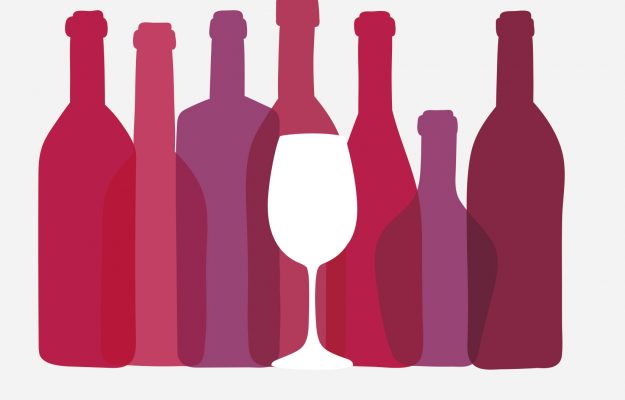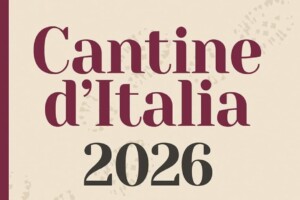For weeks now, the agricultural world has been sounding the alarm about the high cost of energy, which is putting the sector in serious difficulty, much more so than the pandemic. And no agri-food sector is immune. Not even wine. As underlined by the Italian Telematic Commodities Exchange and Unioncamere, the increase in the cost of raw materials, in particular, glass (for the production of bottles), paper (for the production of labels) and electricity, is having a significant impact, among others, on the wine sector. According to the Bmti-Unioncamere bulk wine price index, in fact, there has been an annual increase of +18.7% (+1.1% compared to December 2021). This increase, however, in addition to the increase in production costs, explains a note, can be attributed to the low quantity of grapes harvested in the last harvest and the reopening of catering in recent months, after the closures that occurred in 2020 due to the pandemic. Among the different typologies, the price increase of sparkling wines stands out, higher than the average growth of the sector (+22.7%), thanks to the +26.7% increase obtained by Charmat wines.
But it is all agricultural production that is under pressure, and the effects can be seen on consumer food prices, while raw material producers are seeing ever-smaller margins. According to Coldiretti, for example, three liters of milk alone are paid a few tens of cents at the stable, while production costs have risen in recent months by 70% for energy and 40% for feed. In these conditions, which affect livestock and crops, almost one farmer in three is already forced to reduce food production, with risks for the food supply of Made in Italy. There are many factors that influence the increase in energy prices. For example, the supply chain includes packaging, plastics and metals for jars, paper for labels, packaging and bottles for oil, juices and passata. Not to mention the heating needed for greenhouses, or the gas on which fertilizer production depends, with diammonium phosphate rising from 350 to 700 euros a tonne in one year, and nitrogen, potassium and phosphorous fertilizers rising by 60%.
“The unsustainable situation exposes companies in the agri-food sector to the risk of paralysis”, denounce Federalimentare and the Alleanza delle Cooperative Agroalimentari. Producers point the finger at speculation by intermediaries and large-scale distribution, which is resisting producers' requests to avoid retail price increases. But for consumers, increases in foodstuffs are already being felt, as certified by Istat in the preliminary estimates of the national consumer price index for January, which rose in one month from + 2% to +2.4 for processed foodstuffs, and from +3.6 to +5.4% for unprocessed foodstuffs (with the peculiar exception of wine, however, whose price, as mentioned, increases at production and wholesale, but not at retail, where prices according to Istat data analyzed by Coldiretti are down by -1.2%).
Something has moved in recent days on the front of measures to combat high prices, but it is not enough, as pointed out by the president of Confagricoltura, Massimiliano Giansanti. According to him, the 6 billion of direct aid to the bills foreseen by the decree dismissed on Friday by the Government, is only a beginning. “This is a first signal, but it is certainly not enough on its own to deal with the situation”, said the president of Confagricoltura Massimiliano Giansanti, pointing out that there are increases of over 200% in many of the factors of production, with an agricultural system that is close to collapse. “Many producers have stopped producing some things to produce others that require less energy use; others are seriously thinking of stopping”. Added to this, Giansanti points out, is the fact that the resources coming from Brussels to support farmers have decreased by 15%.
Livestock, fruit and vegetables and nursery gardening are the sectors that are currently suffering the most. “Significant interventions are needed”, remarked Giansanti, also stressing the role of renewable energies. “We need to go to the aid of families to enable them to deal with the high cost of raw materials, but we also need a redefinition of labor costs, to put more economic resources in the hands of our collaborators through the tax wedge”.
In the meantime, however, the figures are merciless, as Confagricoltura Asti points out, according to which diesel fuel, even with reduced excise duty for the primary sector, has risen by 40% in the last 12 months, from 65 to over 90 cents a liter, while the cost of fertilizers has risen by around 300%. To give a practical example: to fertilize one hectare of maize, in one year, the cost has gone from an estimated 226 euros to today’s 655 euros, an increase of 290%.
Copyright © 2000/2025
Contatti: info@winenews.it
Seguici anche su Twitter: @WineNewsIt
Seguici anche su Facebook: @winenewsit
Questo articolo è tratto dall'archivio di WineNews - Tutti i diritti riservati - Copyright © 2000/2025









































































































































































































